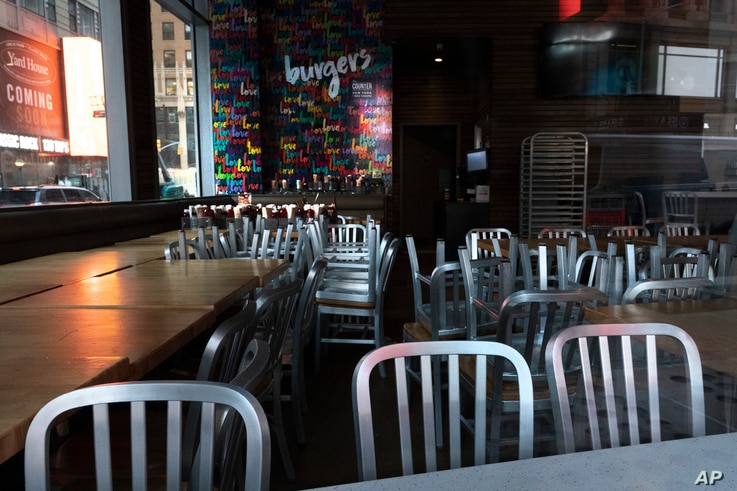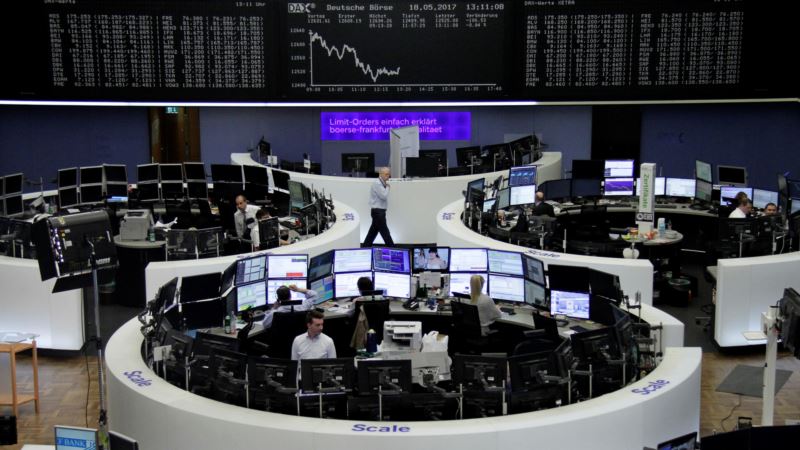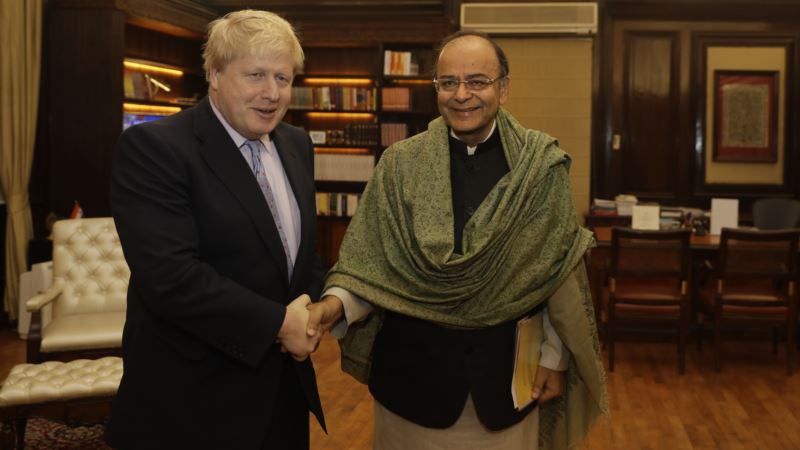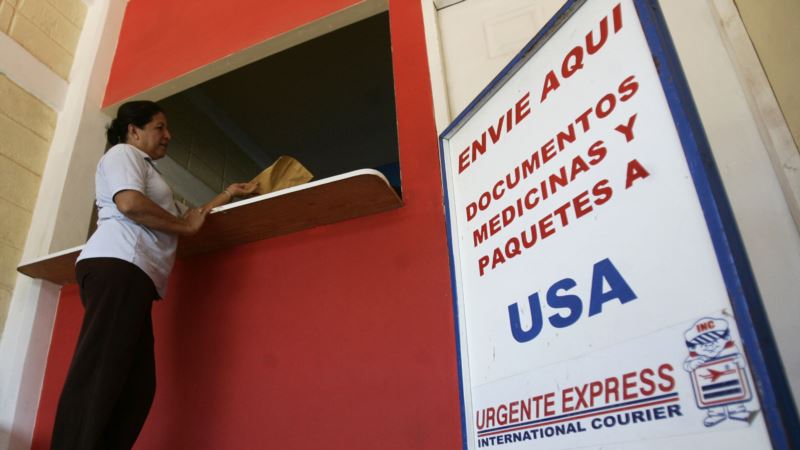U.S. unemployment benefit claims rose again last week, the Labor Department reported Thursday, as the surging number of coronavirus cases restricts many businesses throughout the world’s biggest economy.
Seasonally adjusted, a total of 885,000 laid-off workers filed for jobless compensation last week, up 23,000 from the revised figure of the week before. It was the second straight week that the weekly figure had topped 800,000 after hovering in the 700,000-plus range for seven consecutive weeks.
With more than 200,000 new coronavirus cases being recorded every day recently, state governors and municipal officials have been imposing new restrictions on business activity, after lifting similar curbs months ago, when the virus seemed to ebb. Employers, in turn, have been laying off more workers, and applications for unemployment benefits have now risen in four of the last five weeks.
The layoffs are being imposed even as thousands of Americans started getting inoculated against the virus this week with a vaccination developed by U.S. drug maker Pfizer and its German partner BioNTech. Another vaccine produced by the U.S. biotechnology firm Moderna is likely to be approved within days.
Health care workers and nursing home patients are getting the first wave of shots to curb the pandemic in the U.S. More than 307,000 people have been killed by the virus in the U.S. and nearly 17 million infected, both world-leading figures, according to Johns Hopkins University.
But until the vaccines are widely deployed over the coming months, the tens of thousands of new infections are likely to severely affect the country’s labor market.
The newest jobless claims figure – as has been the weekly total for nine months –remained above the highest pre-pandemic figure in records that date to the 1960s. Last week’s total extends the run of high weekly claim totals that started in mid-March when the coronavirus swept into the United States.
Jobless workers, however, could get some extra relief in the coming weeks.
Lawmakers in Congress, stalemated for months on more coronavirus aid for unemployed workers, businesses and state and local governments, say they are on the verge of approving more assistance beyond the $3 trillion they approved months ago, almost all of which already has been spent.
After months of stalemated negotiations, Congress is nearing an agreement on a new coronavirus relief measure totaling about $900 billion that includes extra $300-a-week payments for jobless workers for three months on top of less generous state jobless pay. The new total is half the $600-a-week stipends that expired at the end of July.
In addition, the government plans to send $600 checks to all but the top-earning American adults to help boost the coronavirus-ravaged economy. That figure is also half the amount the government doled out months ago as the virus first swept into the United States from China and Europe.
President-elect Joe Biden has called the aid package “a down payment” on coronavirus relief and has promised to propose more assistance after he is inaugurated on January 20.
The 6.7% unemployment rate recorded in the U.S. in November is a marked improvement from the pandemic low point — a 14.7% jobless rate in April — but perhaps is somewhat artificially lower because the figure does not include people who have dropped out of the labor market and are not actively looking for work.
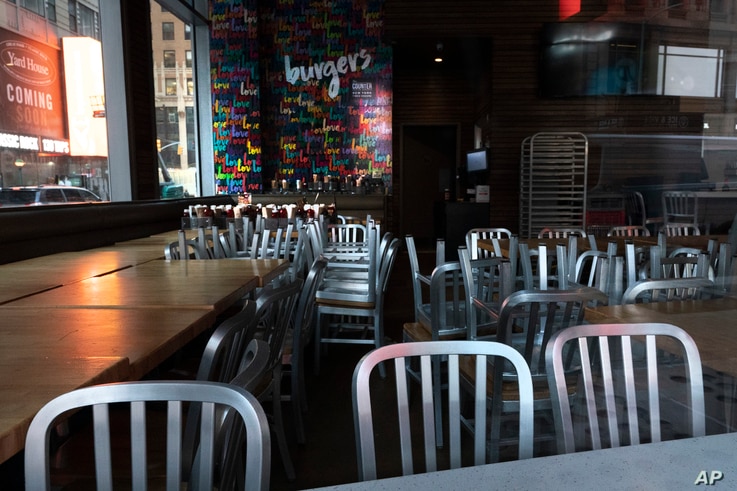
With new stay-at-home orders being imposed in some places with the worst outbreaks, the new restrictions could portend more U.S. workers being laid off in the coming weeks. Also, there are now about 10 million fewer jobs in the U.S. labor market than in February before the coronavirus hit the country.
Retail stores and restaurants are cutting hours if they are open, while entertainment and arts centers have canceled live shows. The travel and hospitality industries also have been hit hard. Colder winter weather in the U.S. also means that fewer outdoor gatherings are possible.
There has been an uptick in shipping, technology and cybersecurity employment, though, because of the number of Americans who have embraced stay-at-home shopping.
The country’s Commerce Department says the economy surged at an annualized 33.1% rate from July to September, after an almost equal plunge from April to June, as the first wave of the coronavirus pandemic swept through the country.
Analysts say U.S. economic growth will end up being slower in the last three months of the year, especially as business restrictions are markedly increased, such as renewed limitations on indoor seating at restaurants.
Government officials have been reluctant to curtail business activity as much as they did in the March-to-June period. As the virus spreads, though, some state governors who refused to impose earlier restrictions now are ordering limitations.

